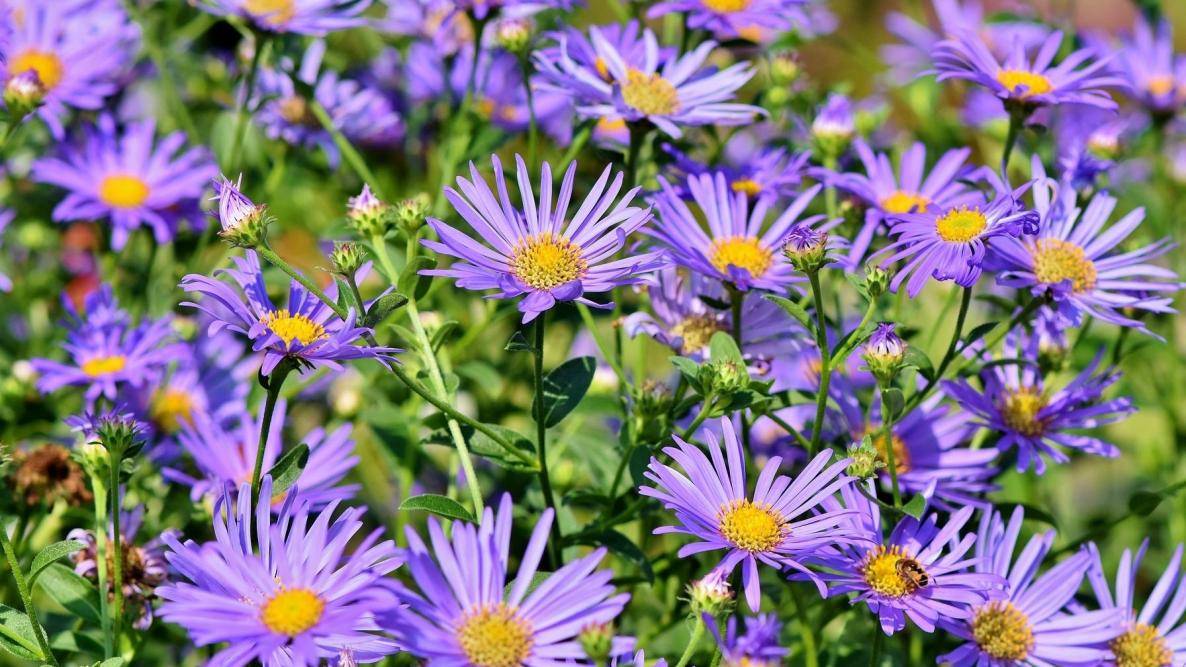Asters, the charming and vibrant flowers that grace gardens and landscapes with their beauty, hold a world of intriguing secrets beyond their delicate appearance. These captivating blooms have captured the hearts of gardeners and nature enthusiasts alike. Here are five fascinating facts about asters that shed light on their unique qualities and significance.
1. Diverse Species: Asters belong to the Asteraceae family, which is one of the largest flowering plant families. With over 600 species, these versatile flowers come in a wide array of colors, shapes, and sizes. From the popular New England Aster with its purple hues to the vibrant pink petals of the Alpine Aster, each species offers a distinctive allure, making asters a delightful choice for various garden designs.
2. Symbolism and Name Origin: The name "aster" derives from the Ancient Greek word for "star." This nomenclature is apt as the flower's shape often resembles a star with its radiating petals. In the language of flowers, asters symbolize elegance, daintiness, and remembrance, making them a popular choice for bouquets and floral arrangements that carry heartfelt sentiments.
3. Late Bloomers: A unique feature of asters is their blooming time. While many flowers reach their peak during the spring and early summer, asters take center stage in the late summer to fall months, providing a burst of color when other blooms begin to fade. This characteristic not only extends the beauty of the garden but also provides essential late-season nectar for pollinators like bees and butterflies.
4. Ecological Importance: Asters play a crucial role in supporting biodiversity. Their late flowering period coincides with the migration of monarch butterflies, offering them a vital source of nectar as they journey south for the winter. Additionally, asters attract a range of other pollinators, including native bees and hoverflies, contributing to the overall health of ecosystems.
5. Medicinal and Cultural Significance: Beyond their aesthetic appeal, asters have a history of medicinal and cultural use. Some indigenous cultures used asters to create herbal remedies for various ailments, from digestive issues to respiratory problems. The Cheyenne tribe, for example, used the roots of certain aster species in their traditional medicine. Additionally, asters have made their mark in art, literature, and folklore, often symbolizing deep emotions and the ephemeral nature of life.
In conclusion, asters are not merely charming flowers; they embody a rich tapestry of biological, cultural, and ecological significance. Their diversity, symbolism, late blooming period, ecological importance, and historical uses make them an enchanting subject of study and a delightful addition to gardens worldwide. As these flowers continue to capture our admiration, may we also appreciate the hidden depths that make asters so much more than meets the eye.


